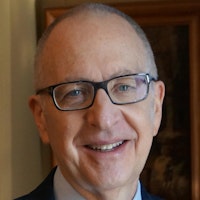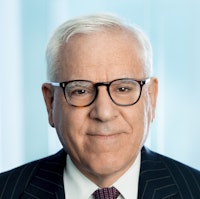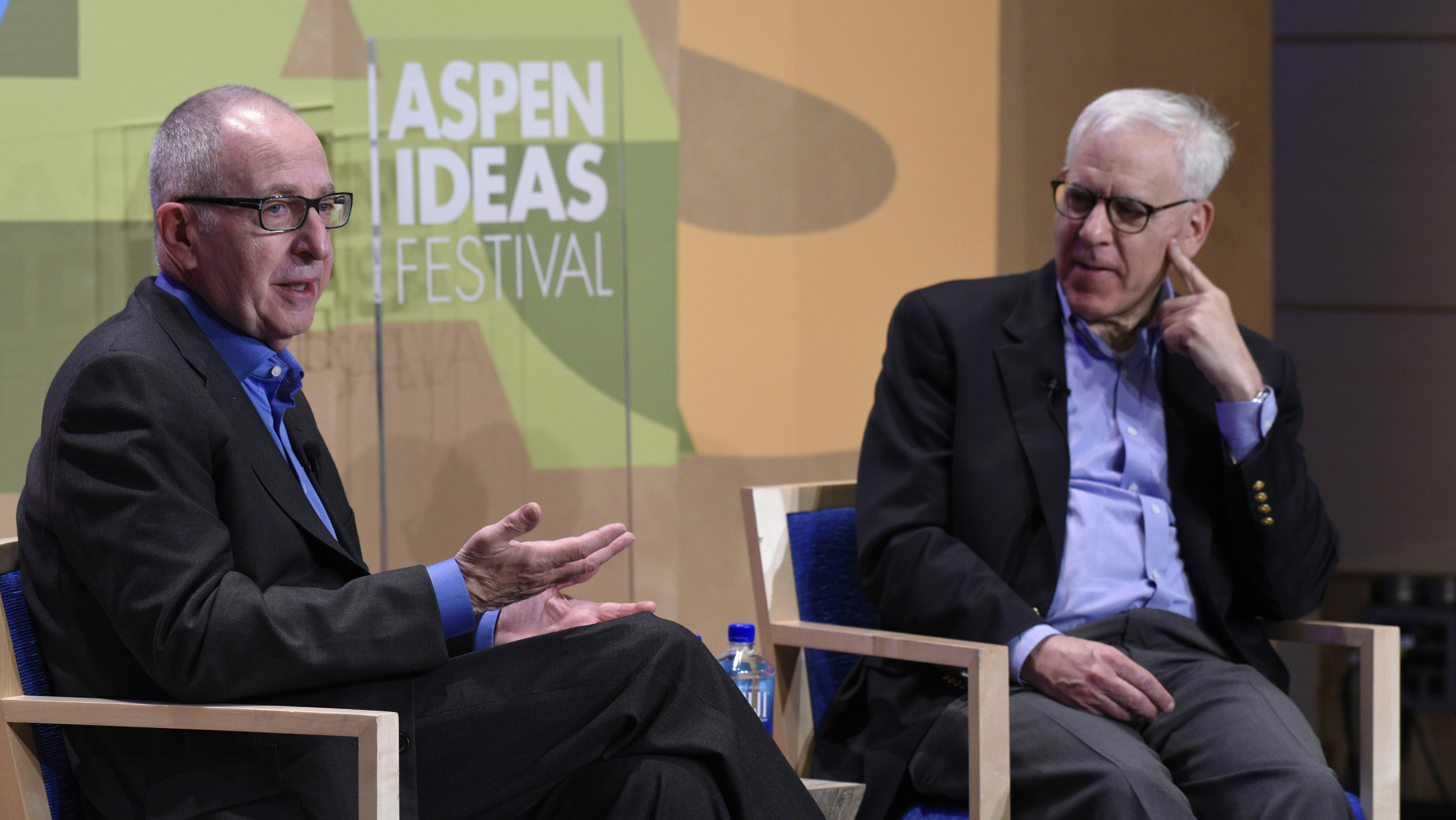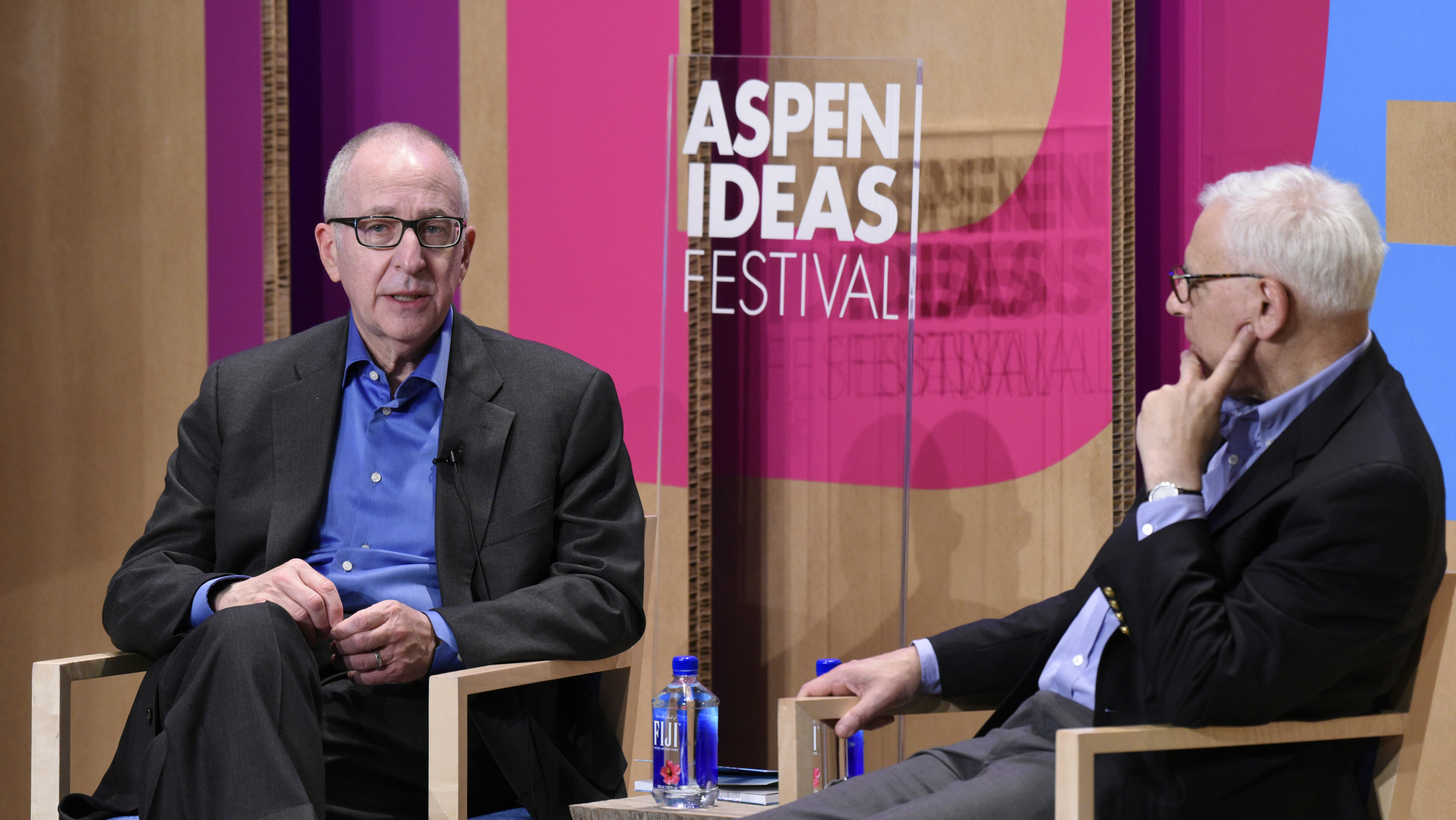
Smithsonian: On the Road to Tomorrow
Setup
David Skorton became the 13th secretary of the Smithsonian Institution on July 1, 2015. A board-certified cardiologist who previously served as president of Cornell University, Skorton entered the institution at a time of transition and renovation, with new museums like the National Museum of African American History and Culture slated to open soon and major overhauls on old favorites like the Castle and the National Air and Space Museum waiting on the near horizon. The Smithsonian is founded on what Skorton calls “the principle that education empowers a person, and therefore, a nation.” After a year on the job, he will discuss with David Rubenstein what lies ahead for the world’s largest museum and research complex.
The Smithsonian is mostly government funded, and it should stay that way
Ever since an initial endowment by a private citizen in 1835 created what became the Smithsonian Institution, the financial and administrative stewardship of the Smithsonian has rested with Congress. According to David Skorton, the current Secretary of the Smithsonian Institution, that’s a model that’s both worthwhile and practical. It creates a cycle wherein private donors who add to Congress’ funding are reassured by government financial backing, who in turn signal to Congress that the Smithsonian is an entity genuinely valued by the public.
By the numbers
Beyond just collecting and displaying, the Smithsonian is actively involved in research
James Smithson, the founding donor of the Smithsonian Institution, believed in creating an institution for “the increase and diffusion of knowledge among men.” The Smithsonian takes that mission seriously to this day. Listen to David Skorton talk about why he and his colleagues think their involvement in research is invaluable:
How can the Smithsonian increase the diversity of its staff and visitors?
While the Smithsonian has made a concerted effort to diversify both who comes to work at the Smithsonian and who comes to visit, Skorton says there’s still work to be done. Listen to how he responds to an audience question about diversity at the Smithsonian:
Learn More
Additional Information
Explore More
USA


Young people in America are struggling. The causes are varied and may not be entirely clear, but the results are unfortunately unmistakable. Many of our youth feel lonely, iso...


Many more Americans are struggling to survive and make ends meet than is typically portrayed in the media and public policy debates. And when poverty is depicted, harmful and...


America’s “second founding” came on the heels of the Civil War, when the architects of the 13th, 14th and 15th amendments thought long and hard about how to enshrine civil rig...

Finding the national and global headlines understandably bleak lately? Whether you need mental distraction or stimulation, engross yourself in compelling topics and get a gli...

Today's kids are coming of age against a backdrop of political, social, technological and economic upheaval. While these circumstances are shaping a precocious generation that...


It’s been decades since the United States has updated its immigration policies in any sort of comprehensive way, and the problems and suffering at the southern border have per...


Whether they publicly tout it or not, U.S. technology companies play a powerful role in politics, cultural issues and the way we live. Founder and investor Peter Thiel is one...

The 2024 presidential election is only months away, and the past few weeks alone have brought shocking headlines that change the political ground we stand on — an attempted a...


Sizable electorates around the world are flocking to populist candidates who promise power, domination and a return to better times. The global experiment in liberalism seems...


The federal right to abortions in the United States has been overturned, access to contraception and IVF services are threatened in many states, and the gender wage gap persis...

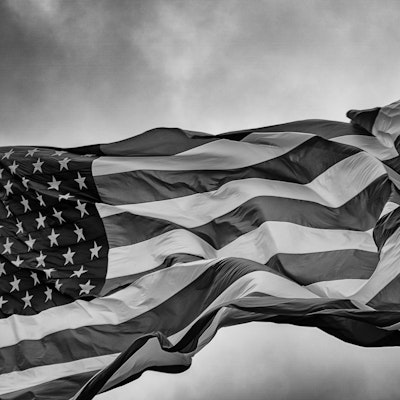
The Supreme Court has issued another series of controversial and consequential decisions this term, fueling discussion on the current state of the judicial branch. Recent poll...

In “Mindset Matters,” Daniel R. Porterfield advances the argument for the value of undergraduate education and suggests ways to improve education for new generations. Three co...

The rollback of reproductive rights, the push to end no-fault divorce, and gun laws that allow domestic abusers to own a firearm are turning the clock back on women’s rights....

Americans feel more polarized than ever, but two governors from opposite sides of the aisle have made it their mission to show otherwise.

Former Senators Bill Nelson and Kay Bailey Hutchison discuss the bipartisan work that defined their careers, suggest ways for today’s elected officials to find common ground,...

As the Supreme Court concludes another contentious term, it is once again reshaping the legal landscape. With cases on abortion, gun rights and social media — and potentially...

Two billion people worldwide are set to vote in elections this year, amid global conflict, societal mistrust, broken information ecosystems — and the truth-destroying disrupti...

Amid seismic shifts in the entertainment world, Oscar-, Golden Globe- and Emmy-winning Brian Grazer has managed to keep pivoting to new ways to tell stories in movies, TV and...

Hurray for the Riff Raff is more than Alynda Segarra’s musical moniker; they spent their youth hopping trains across America, capturing that life in youthful poetry then and a...

Images communicate truths, and also lies. Learning to pay attention to photographs can help us discern. An art and cultural historian and a visual artist host a master class o...




